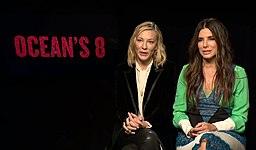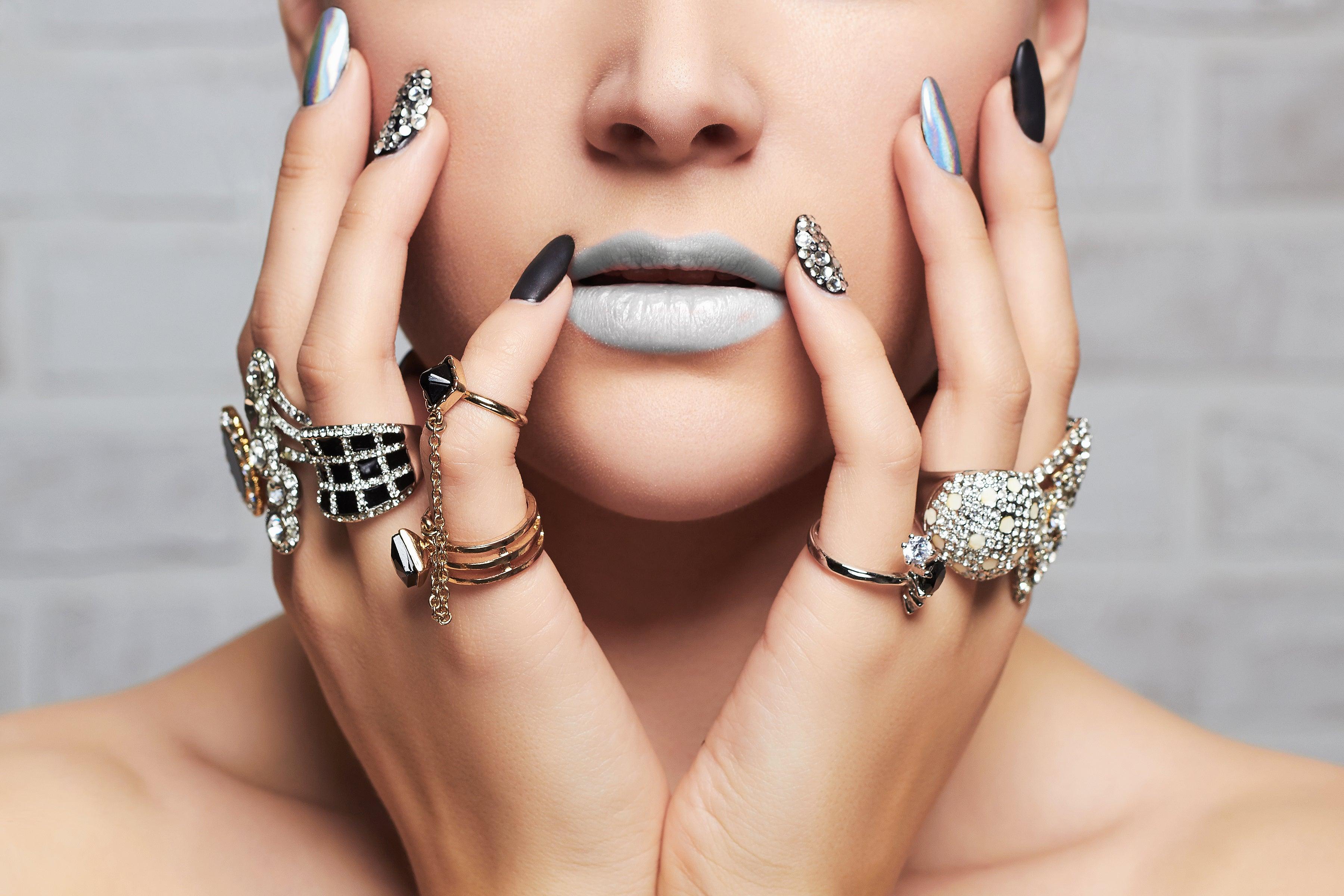
The Diamonds in Oceans 8
(Image courtesy of Wikipedia Commons)
The Met Gala held this last Monday, one of the most discussed and lauded events of the society season, brought out stars, celebrities, and a veritable who’s who of high society.
There certainly was a plethora of fantastic diamonds at this year's Gala. And that inspired another viewing of Oceans 8.
Sadly though, the Toussiant, the arguable main star of the most recent film in the Ocean’s franchise, does not exist.
It did once though, or a version of it did, and was actually much more grand than the replica made for the movie.
As with many great tales of big carat stones and the pieces they have been set in, our tale begins with a mystery. Or with India. You pick.
No one knows where the 136 carat (now 135 carat), “Queen of Holland,”- a flawless, white diamond with a slight blueish tint- came from. Its mysterious origin, and some experts, point to the possibility of it being one of the legendary stones of the lost mines of Golconda. However, other experts claim it is equally if not more likely one of the magnificent finds in South Africa during the diamond rush in Kimberly, or after that from some unknown mine. What is known is that by 1904 it had shown up in the Netherlands, bought by the firm F. Friedman & Co.
The original “Toussaint,” necklace featured this magnificent stone, acquired by Shri Kumar Ranjitsinhji Vibhaji, the Maharaja of Nawanagar, from F. Friedman & Co, and given in 1931 to Jacques Cartier to set for the Maharaja into a magnificent necklace with a cascade of colored stones, considered one of the finest in the world, including a 12-carat green diamond, and many white and pink diamonds, equaling some 500 carats.
(So it was never the gleaming white blaze Anne Hathaway wears in the movie.)
However, it was not to last. While the Maharaja enjoyed it during the remainder of his life, he passed away in 1933, having only enjoyed the “Queen of Holland,” for three years and the necklace for less than two.
Sometime after this Cartier bought the necklace from the Maharaja’s family. What happened to most of the diamonds falls back into mystery at this point. Only the ownership of the magnificent center stone, the great “Queen of Holland,” is known.
In 1960, Cartier had the diamond put up on offer in their London branch. Eighteen years later (one can imagine the dust,) it was purchased by William Goldberg of New York and recut with minor alterations, bringing it down from 136.25 carats to 135.92 carats. That same year, 1978, it was sold for a reputed $7 million dollars.
Drum roll, please.
Its current owner is Robert Mouawad.
The necklace in the movie was made of zirconium oxide by Cartier itself, in Paris at their premier workshop on Reu de la Paix. If it were real it would be a whopping 450 carats.
You may recognize the slight difference in weight from the one that adorned the Maharaja’s neck.
The necklace in the movie, designed by Cartier using the original plans in their vault, was altered to fit the more petite Anne Hathaway.

The necklace’s namesake, Jeanne Toussaint, was the first woman to have a major role in the jewelry business when Jacques Cartier appointed her Director of Fine Jewelry in 1933. She held that post until her retirement in 1970, making her career also one of the longest and most influential in the history of Jewelry. (Image, Jeanne Toussaint portrait by Cesar Helleu, courtesy of Wikipedia Commons)
Many of Cartier’s most famous designs, such as the ubiquitous panther, are her inventions or inspired by them or her.
Naming the star of the movie after Jeanne Toussaint was an appropriate marriage with the movie’s theme of highlighting women's contributions to this field, of whom no one may have had as great an impact.
We look forward to seeing Michael Gabriels lab-grown diamond jewelry on a red carpet, or in a theatre near you, in the future.



